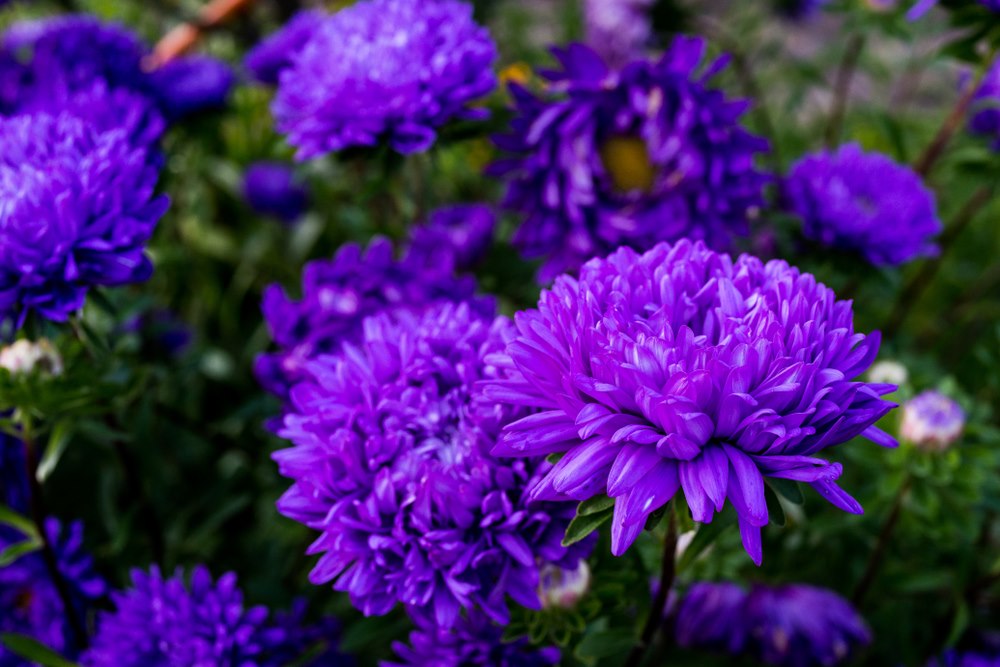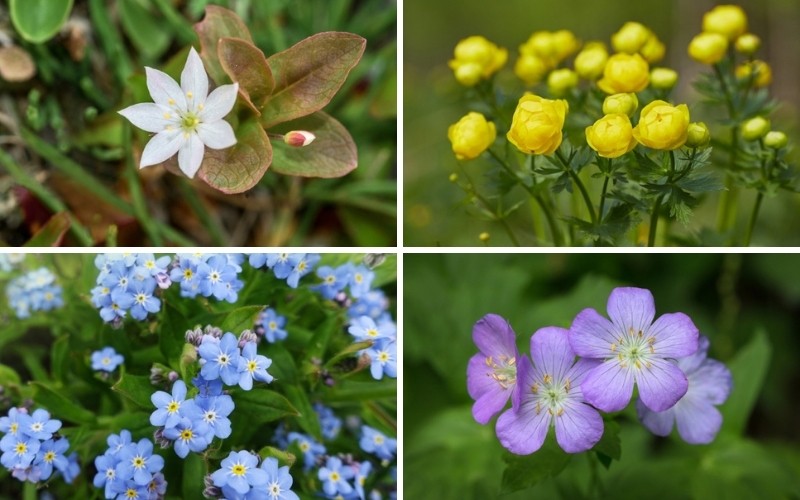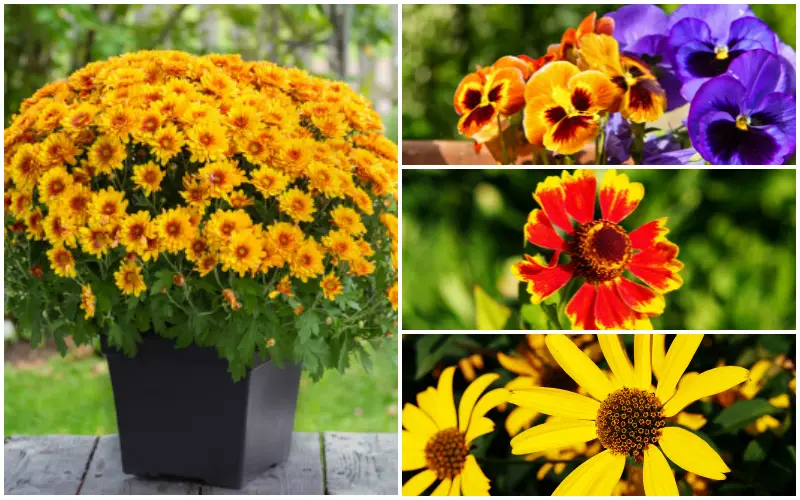
The aster is a flowering plant with blooms that look much like a daisy’s. They come in purple, white, pink, red and blue. They can be grown in zones 3 through 8. They are a late-season bloomer with flowers growing in the summer and fall. This plant has nectar late in the season, so it attracts both bees and butterflies so that your garden gets the benefit of pollinators.
Light and Temperature Requirements
The aster can tolerate both full sun and part sun. If you live in a warmer climate, keep these plants out of the mid-day sun as your plant may not tolerate the heat well. If you live in a cooler climate, you may need to give them full sun so that their flowers don’t flop. No matter the climate, these plants should have morning sunlight in order to bloom with the best flowers. The plant prefers areas that have summers that are moist and cool. When sowing aster seeds, they need temperatures of about 70 degrees.
Watering
Asters need about 1 inch of rain each week, so if you don’t get that amount, make sure to water your asters every week in the summer. But, many varieties of asters are very sensitive to water. If they get too much or too little of it, they may produce fewer flowers or even have their lower foliage die off. If your aster loses a lot of flowers, try a different amount of watering to see if the plant will perk up and keep its blooms. When you first plant aster, give it a lot of water to help its roots burrow into the soil.

Soil and Fertilizing
The aster prefers loamy soil. Adding a small amount of a balanced fertilizer or a small layer of compost to the soil in the spring can help asters to thrive. Once you have added to the soil, you can place a layer of mulch about 2″ thick on the soil around the aster. This will help it to grow and keep the soil cooler. Adding mulch will also keep most weeds from sprouting. Make sure that the soil is well-draining. If you are planting it in an area that does not have fast-draining, add some gravel to the soil to allow water to run through it.
Deadheading and Pruning
To keep your aster blooming, deadhead the wilted blooms. If the plant keeps its wilted flowers, it will reseed itself. If this happens, the aster doesn’t have to flower anymore. When the aster is deadheaded, the plant will keep blooming for the rest of its blooming season. Pruning your asters isn’t required, but it can help with keeping the plant the size you want it as well as keep you from having to stake them if they get too big. When you thin them out, you also lower its risk of developing mildew. If you want to thin them, snip off about one in three stems right at their base during the spring. You can also remove the plant’s first few leaves on its stems in the late summer. This will result in more flowers from your plant.



